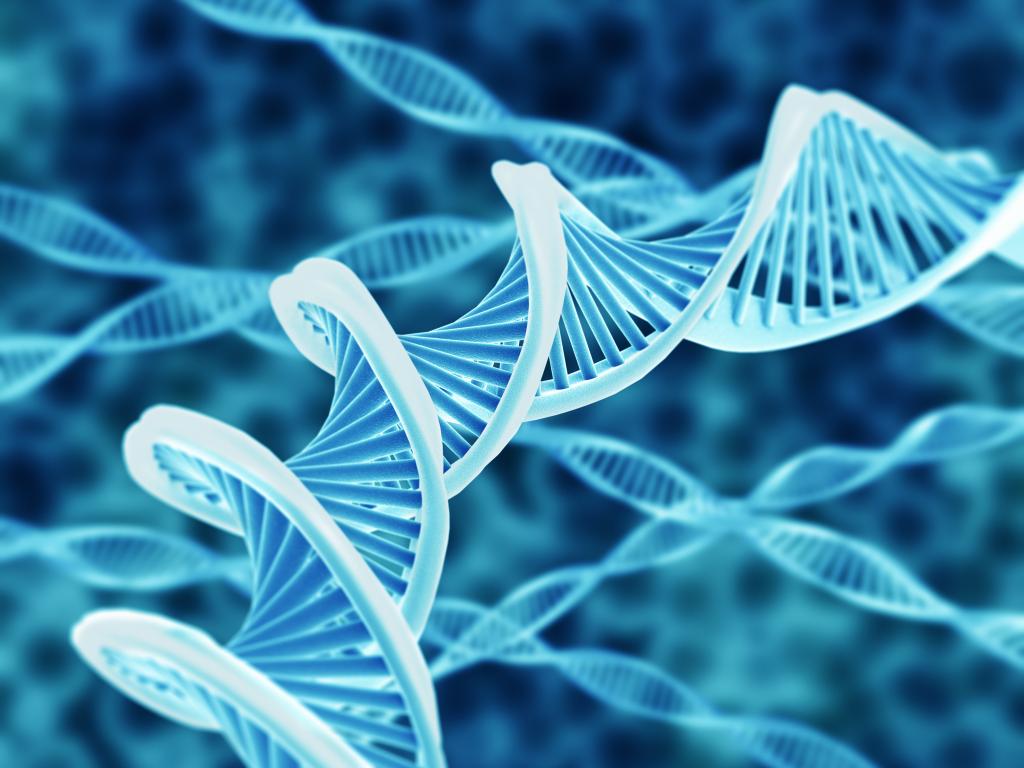
Shortly after markets closed on Monday, Bayer AG (OTCMKTS:BAYRY) announced a $335 million deal that will see it fund the research of a Massachusetts based biotech startup called CRISPR Therapeutics. The company is at the cutting edge of gene therapy, and gives Bayer a direct route to what many believe will be the next revolution in healthcare – gene editing. Let’s take a look at what both companies stand to gain from the partnership, and try to get to the bottom of the science behind what CRISPR is developing.
First then, the deal. It’s a two-part agreement. The first $35 million Bayer will pay upfront to CRISPR, and in doing so, will acquire a minority stake in the company. The remaining $300 million Bayer has earmarked for research support capital, and has committed to pay out to a joint venture, set up as the result of the agreement, in which both companies maintain a stake – initially fifty-fifty – across a five-year period. So Bayer get’s access to CRISPR’s tech and expertise, and CRISPR gets the backing of an industry behemoth.
So what is Bayer paying a third of a billion dollars to gain access to? CRISPR has developed what it calls CAS9. The science behind the technology is pretty complicated, but here’s a much simplified explanation. A large number of diseases (approx. 10,000 at last count) are caused by a mutation in a single gene. Over the last few decades, most treatments target proteins – i.e. the result of the mutation. Gene editing of the sort on which CRISPR is focusing involves targeting the gene at mutation level, rather than the resulting protein. The advantage of this (if it works) is that it can completely cure, or reverse, a disease, rather than just treating it. CAS9 is an enzyme (or endonuclease, as it is referred to in the gene therapy space, that the company has programmed to cut DNA in a specific location. By cutting out a specific part of DNA (namely, the mutation) CAS9 turns a gene from mutated to repaired, meaning it will code for a functional protein, rather than one that causes disease. The company uses a “guide” RNA to instruct CAS9 as to which part of the DNA to cut, and once complete, the DNA uses its own biological mechanism’s to repair and rejoin, minus the edited out element.
As mentioned, the range of potential target diseases is vast, and as yet, we’ve not got any indication from Bayer or otherwise what diseases the joint venture will go after. Indeed, we’ve not actually got any in-vivo examples of CAS9 working in humans – the majority of tests have been carried out in the lab. In light of this, we’re not going to see any human trials until at least the end of next year. Further, its going to be at least two years before we get a target indication – so we’re looking at 2020 before we see any significant trial progress. It’s in Bayer’s interests to be patient, however. We are still in the very early days of gene editing (CRISPR only discovered this process a few years ago), and the underlying technology will likely need refining before it can take on any commercial application, but there are some significant revenues on the table for the company that gets it right. Gene editing is a sort of holy grail in the biotech space, and it could be a game changer in anything from oncology to immunotherapy.
What are we looking for going forward? Primarily, we need to see some advance in the targeting side of the process, and this is the area towards which the majority of resources will allocate near term. We’ve got evidence that the cutting and repairing works – but without being able to target a specific cell (and in turn, a specific gene sequence) there’s no real world application. In light of this, we are looking for any evidence that the guide RNA can be put to use. Keep an eye out for the term “sgRNA” in future updates, and specifically, anything related to its efficacy. If the company announces the successful targeting of cell using sgRNA in humans, not only will it validate the concept, but it will also give us some idea of initial application – if we see an sgRNA successfully target a gene sequence in a cancer cell, for example, it would suggest Bayer is going after the oncology space.
All said, it’s very early days, and this partnership has a good few years to run before it bears any real, actionable fruit. That Bayer is taking the initiative and picking up an early exposure, however, makes for an intriguing play in what could prove a healthcare revolution across the next decade.




